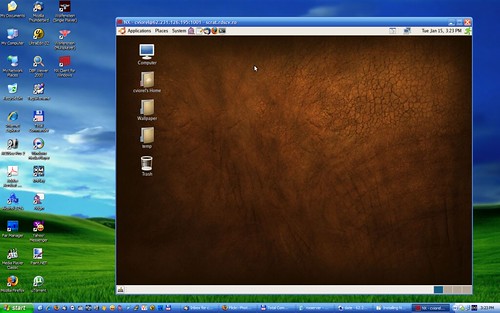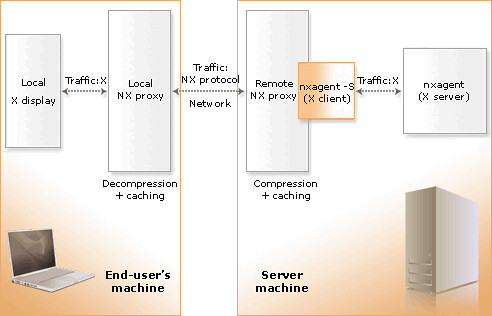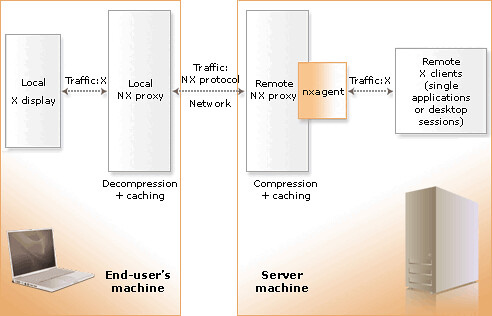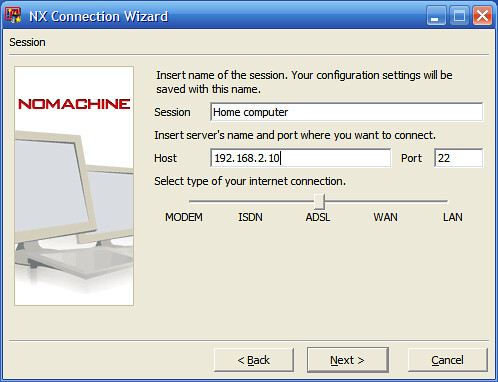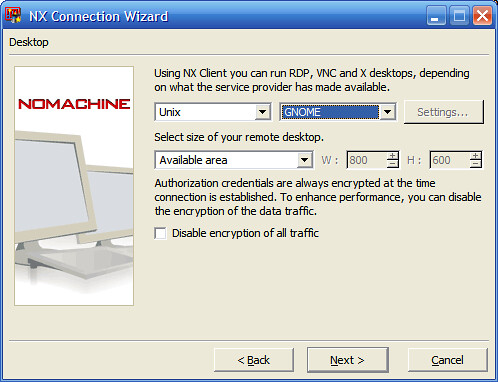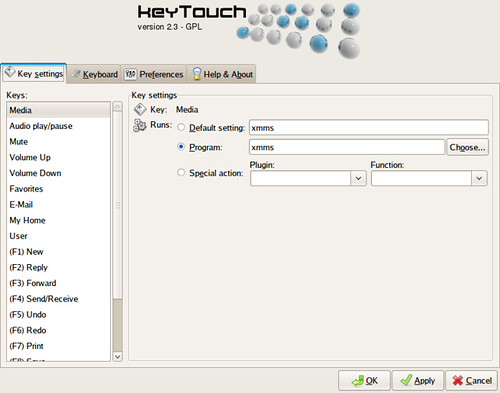If you like Google Earth then you will like it in Ubuntu. Installation is simple, here we go:
1. Open a terminal
Insert this code:
wget http://dl.google.com/earth/client/current/GoogleEarthLinux.bin
2. When the file has finished downloading, insert this code in your terminal to install:
sudo sh GoogleEarthLinux.bin
3. The Google Earth Setup window opens, if the default installation paths are fine to you, click ‘Begin Install’
4. The program installs itself and when it has completed click ‘Start’.
Advanced mode (using Medibuntu repository):
1. Add Medibuntu to your sources.list, as well as its GPG key to your keyring. Make sure to use the correct sources.list that corresponds to your current distribution:
Ubuntu 6.06 “Dapper Drake”:
sudo wget http://www.medibuntu.org/sources.list.d/dapper.list -O /etc/apt/sources.list.d/medibuntu.list
Ubuntu 6.10 “Edgy Eft”:
sudo wget http://www.medibuntu.org/sources.list.d/edgy.list -O /etc/apt/sources.list.d/medibuntu.list
Ubuntu 7.04 “Feisty Fawn”:
sudo wget http://www.medibuntu.org/sources.list.d/feisty.list -O /etc/apt/sources.list.d/medibuntu.list
Ubuntu 7.10 “Gutsy Gibbon”:
sudo wget http://www.medibuntu.org/sources.list.d/gutsy.list -O /etc/apt/sources.list.d/medibuntu.list
Then, add the GPG Key:
wget -q http://packages.medibuntu.org/medibuntu-key.gpg -O- | sudo apt-key add - && sudo apt-get update
2. Insert this code in your terminal to install:
sudo apt-get install googleearth
3. Enjoy!
